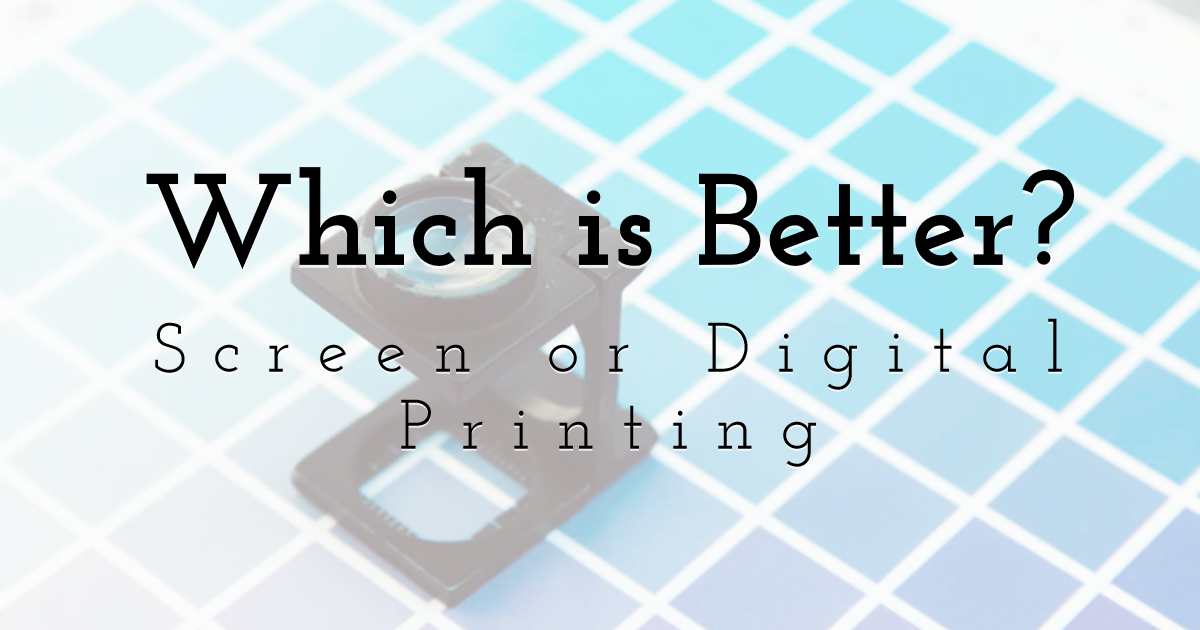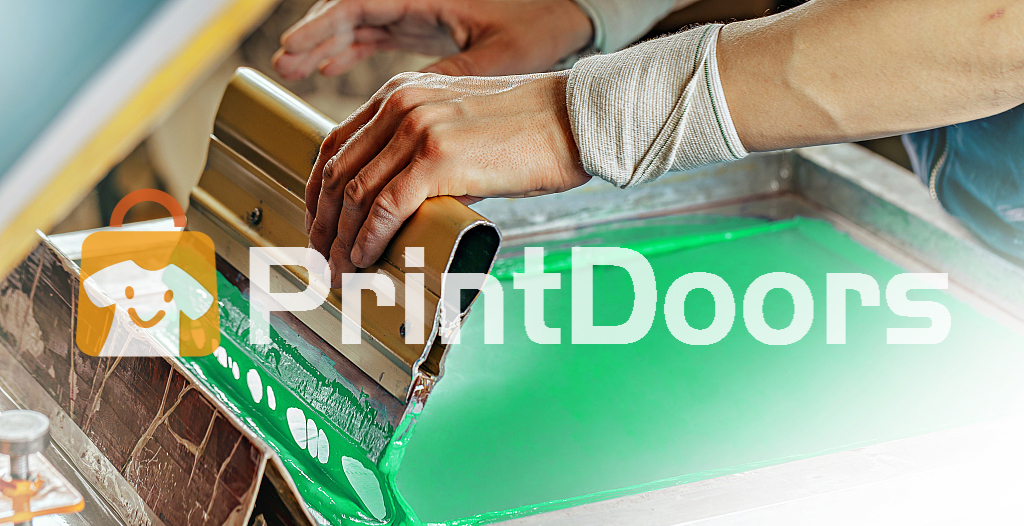4 Simple Techniques For Tx Tees
4 Simple Techniques For Tx Tees
Blog Article
Indicators on Tx Tees You Need To Know
Table of Contents6 Easy Facts About Tx Tees ShownGet This Report on Tx TeesAn Unbiased View of Tx TeesNot known Details About Tx Tees Getting The Tx Tees To WorkTx Tees for BeginnersLittle Known Questions About Tx Tees.
Include up other prices, like the number of energies it takes to run the shop and the price of ink and emulsion per design. Take the print listed below.The emulsion needs to only be a few cents given that you 'd only need to layer one display for this job. Exactly how much should you bill per shirt to make a profit? Normally, printers attempt to make up to 45% earnings on a print work. Here's a table to assist you figure out that: complete cost per item percent of preferred earnings as a decimal (instance:.25 or.45) profit made per item per task Now let's discuss the earnings of DTF.

With DTF, you can print a handful of t shirts, or just one. Both screen printing and DTF have their specific niches in the globe.
How Tx Tees can Save You Time, Stress, and Money.
The ideal method to understand? Ask about and see what printing shop like yours are doing. custom cap printing. Attempt both out and see which you like better
When you're selecting what sort of printing approach to use for printing your artwork styles on your garments, it is very important that you know the differences between these 2 methods so you can make the most of results while reducing expenses. Display printing is one of the most generally used technique for printing designs on textiles.
DTG printing is also referred to as spot or straight to garment printing because it publishes only what is required rather of making a display as display printers do. https://txtees02.blog.ss-blog.jp/2024-03-28?1711617286. Screen printing functions by screen filler squeegee display printing ink screen mesh display, then transferring the photo to garment making use of heat and/or pressure
The DTG printer uses special dye-sublimation inks that are used into a pre-designed photo by a digital printing system. The inks become component of the fabric, permitting dynamic shades and outstanding detail. It's likewise referred to as area or straight to garment printing since it publishes only what is needed rather of making a screen as screen printers do.
Unknown Facts About Tx Tees
It's much faster - you can print a fullcolor picture in mins, as opposed to hours for display printing. Second, there's no established time or costs involved - you can print any type of style you such as, without needing to create a screen first. Third, there's no waste - due to the fact that display printers display print one layout at once, they need to evaluate each shade individually.
The paper is extremely costly and can just be made use of when. Once it's printed on, it has to be disposed of. - The preliminary acquisition cost is lower than the upfront investment of DTG printers- You can print multi-color layouts one display at once instead of needing to publish each color separately like DTG printing.

What Does Tx Tees Do?
Instead of making use of screen mesh as screen printers do, dye sublimation printers make use of laser technology to transfer your pictures onto garments or paper. A warmth procedure transfers the dye from its solid-state straight right into the gas stage which in turn merges it onto material substratums when they are swiftly heated to heats under high stress.
Sublimation printing is eco-friendly. It utilizes less water than screenprinting, and since it does not entail making use of hazardous solvents, it's risk-free for all sorts of clothing. The dye sublimation inks are likewise unsmelling when healed, unlike screen printers that use hazardous chemicals during the screen printing process that leave behind an undesirable smell.
They also save cash on pricey equipment go to website like exposure systems because color sublimation printers do not call for a UV direct exposure unit or a flash cure oven that is normally made use of in display printing (screen printer). What is direct to garment printing (DTG Printing)? DTG printing is a digital screenprinting process that prints straight onto textile utilizing specialized inkjet printers
Top Guidelines Of Tx Tees
DTG printing uses numerous benefits over standard screenprinting, consisting of the capability to print photo high quality images, greater color vibrancy, and the ability to publish layouts on darker textiles. DTG printers work by warming the textile ink till it transforms into a gas. The gas after that permeates the textile, bonding with the fibers to develop a long-term print.

Screen printers simply prepare their screen then begin publishing until they run out of item or ink.- There is a wide variety of seasoned display printers throughout the globe, which can be handy for newbies. - It's a slower procedure - screen printers usually need to await the ink to completely dry prior to they can publish the next color- Screen printers require manual work, so there's a greater discovering contour and it takes longer to generate a high-grade style- Screen printing isn't as accurate as DTG printing, so you might obtain some "blood loss" of colors from one component of the picture onto another otherwise done properly.
Some Ideas on Tx Tees You Need To Know
Nonetheless, rather than using display mesh as screen printers do, dye sublimation printers use laser modern technology to transfer your photos onto garments or paper. A warm process transfers the dye from its solid-state straight right into the gas phase which in turn merges it onto material substratums when they are rapidly heated up to heats under high pressure.
Sublimation printing is green. It uses much less water than screenprinting, and because it does not involve making use of unsafe solvents, it's secure for all sorts of clothing. The color sublimation inks are additionally unsmelling when healed, unlike display printers that use dangerous chemicals during the screen printing procedure that leave an unpleasant odor.
They likewise conserve cash on pricey equipment like exposure systems given that color sublimation printers don't require a UV exposure system or a flash treatment stove that is typically utilized in screen printing. What is direct to garment printing (DTG Printing)? DTG printing is an electronic screenprinting procedure that publishes straight onto textile using specialized inkjet printers.
Tx Tees Things To Know Before You Get This
DTG printing offers several benefits over standard screenprinting, consisting of the ability to print photographic quality photos, better shade vibrancy, and the capability to print designs on darker textiles. DTG printers function by heating up the textile ink until it turns right into a gas. The gas then permeates the fabric, bonding with the fibers to develop an irreversible print.
Report this page